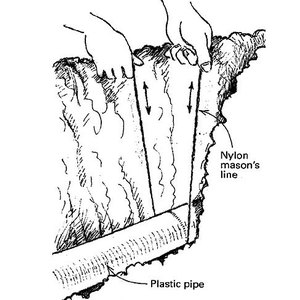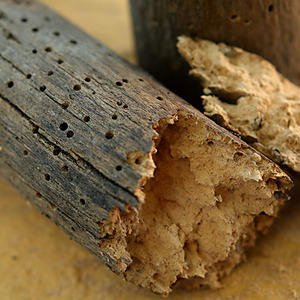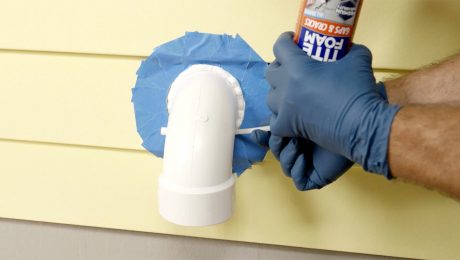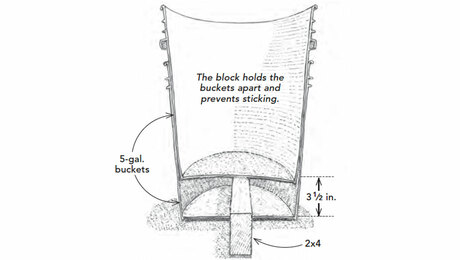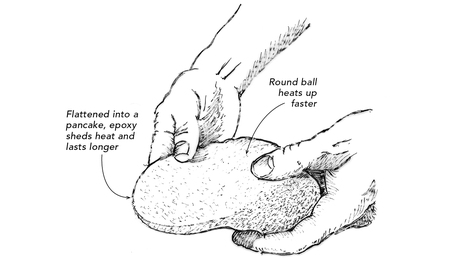You Don’t Know Foam
Whether you use a gun or a straw, there’s more to filling a gap than pulling a trigger.
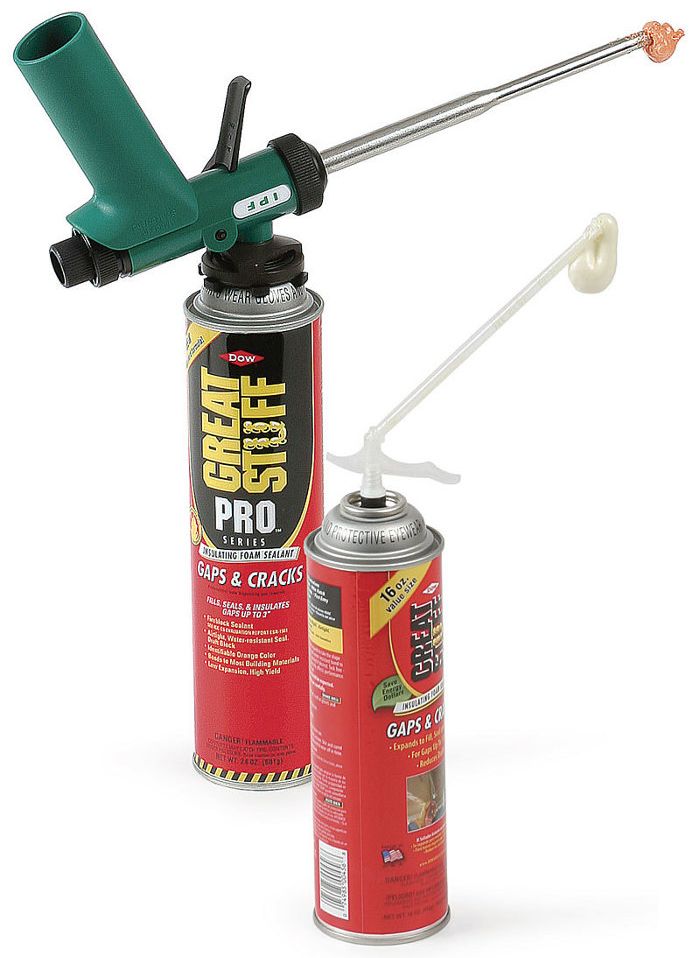
Synopsis: Whether you use a gun or a straw, there’s more to filling a gap with expanding foam than pulling a trigger. Project House editor Justin Fink shows the ins and outs of spray-foam technology, from can yield and bead control to maintenance and other expansion-foam products for an array of applications. For more information, browse the following links:
- Load a Foam Gun the Right Way
- Are More-Expensive Foam Guns Better?
- Make Your Foam Gun Last
- You Don’t Know Foam
- Foam-Gun-Tip Cleaner
The first time I saw a professional spray-foam gun was when my friend Andy pulled his Pageris gun from a green protective case to air-seal and insulate around a window he’d just installed. The gun had a larger can than those that dispense foam through a straw, and it offered far better control over the size of the bead. In addition, Andy didn’t have to come up with a use for the other 90% of the can’s foam that he didn’t need on this job. I decided right then that I was done blowing foam through a straw. It took me much longer to learn how to maintain one of these guns, though.
Andy’s gun and carrying case cost more than $100, but I opted for an entry-level gun from EFI (efi.org) that cost $30 — essentially the other end of the price spectrum in this category. That first gun lasted about a month before it became too clogged to function. I replaced it with a different model, then killed that one by snapping off the trigger while forcing it too hard. The next one met its end when I bent the barrel. This buy-break-replace pattern continued until I spoke with Peter Conlon from Todol Products — a company that specializes in polyurethane foam and that imports the Pageris gun Andy owned. I was surprised that Peter didn’t laugh at my stories of repeated gun failure, but that’s because he hears this from contractors every day.
Conlon taught me that although it doesn’t take much to ruin one of these spray-foam guns, maintaining it and making it last isn’t difficult either. You just have to understand the tool and the foam that it dispenses.
A delicate tool
The first lesson to learn is that the internal workings of a foam gun are fully sealed and always under pressure. Once the first can of foam is screwed into the adapter, the tool fills with foam, and a can must always be attached to maintain the sealed system. That means that 24 hours a day the foam inside the gun is trying to get out, and moisture in the air is trying to get in to react with the uncured polyurethane resin. This makes for a pretty delicate balance, and life in the trades is anything but delicate.
When the field of battle is the back of my bouncing pickup truck, I can guarantee that any encounter between a spray-foam gun and just about any other tool is going to end badly for the gun.
The problem is that if the barrel of the gun takes a hit, the rod will bend, and the seal at the tip will no longer be airtight. The same goes for the long can of foam that is secured to the adapter on the gun by just a few coarse threads. In either case, once foam has a chance to leak out or moisture has a chance to leak in, the foam inside the gun will cure and the tool will be inoperable.
For more photos, illustrations, and details, click the View PDF button below:



